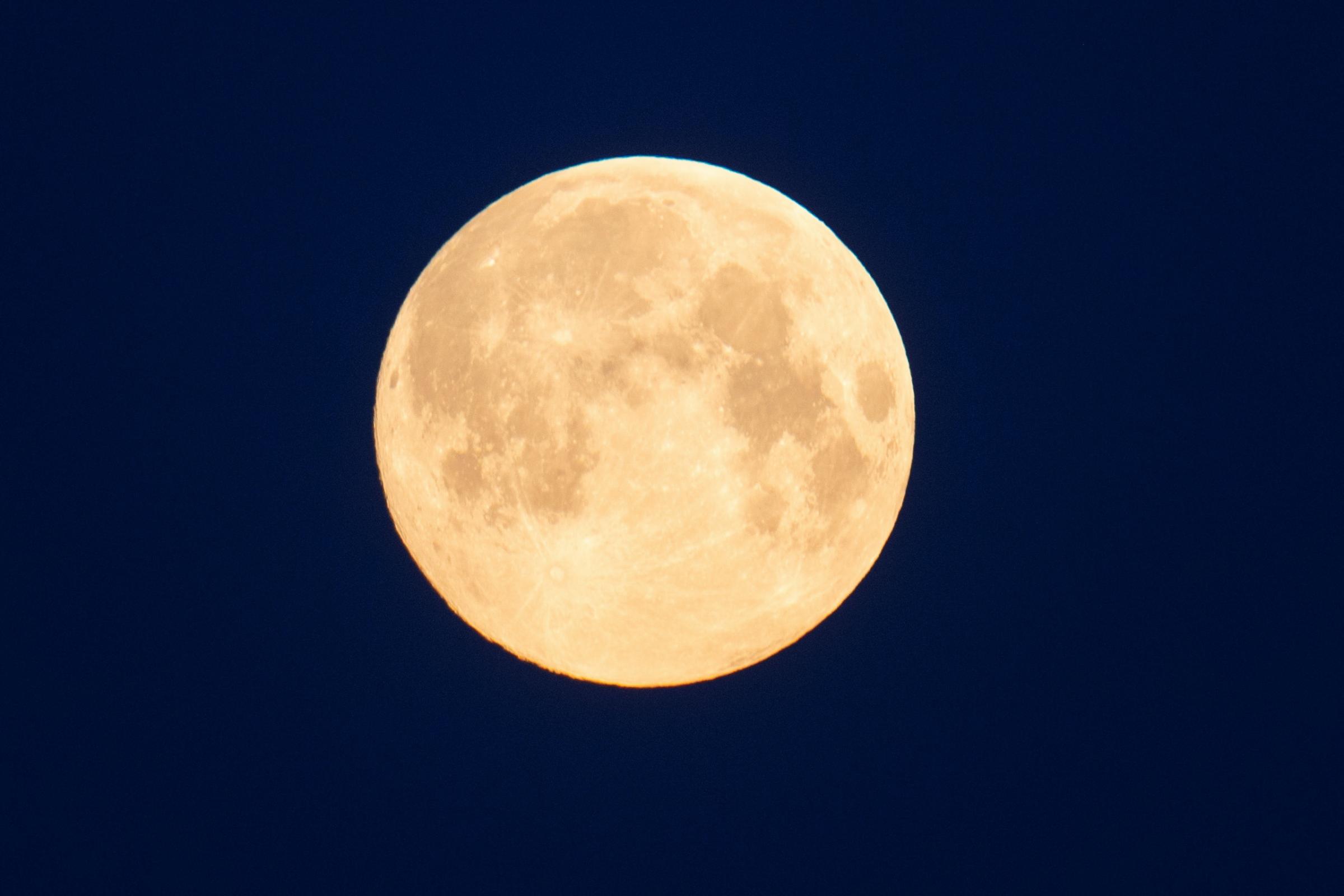Astronomers suggest that putting a 4G cellular network on the moon could seriously ruin radio astronomy.
It might sound a little otherworldly that NASA is putting a 4G network on the moon. Just as the 5G network is soon to arrive on planet Earth, its predecessor is heading to the moon. NASA last month announced that Nokia was selected to build the first-ever 4G mobile network on Earth’s only natural satellite, the moon. As per the reports, NASA granted USD 14.1 million to the equipment-maker Nokia to build a 4G telecom network on the Moon by the year 2030.
The sole purpose of setting a 4G cellular network on the moon is to support lunar surface communications at greater distances with increased speeds and also to provide more reliability than current standards. But it is being believed that the network signals soon going to be placed on the moon’s surface could seriously mess with astronomers studying radio signals elsewhere in the universe.
These concerns came when the equipment manufacturer was selected by the US-based space agency to deploy an “ultra-compact, low-power, space-hardened” wireless 4G network on the lunar surface, as part of its plan to establish a long-term human presence on the Moon.
4G network on the moon will not help radio astronomers:
Radiofrequency interference (RFI) has always been considered a long-term enemy for radio astronomers. To create a proper understanding of the issue, it is important to acknowledge the sensitivity of radio telescopes. Radio telescopes even struggle to deal with cell phone interference.
Radio telescopes are designed to be incredibly sensitive and get easily interrupted by cell phone networks. According to legendary astronomer Carl Sagan, “The total amount of energy from outside the solar system ever received by all the radio telescopes on the planet Earth is less than the energy of a single snowflake striking the ground.”
This makes it quite clear to understand that astronomical radio signals are typically low in magnitudes as compared to artificial ones. Thus, setting up of 4G cellular network on the moon will prove to be a major source of radio frequency interference (RFI) and would make it difficult for the radio telescopes to filter out the interferences and focus on the extremely faint signals that scientists are looking for.
So, if we take Carl Sagan’s quote in the regard that the total energy received by all radio telescopes on earth is very less due to the interferences, then it is reasonably questionable that how much energy would the radio telescope be able to receive with the presence of 4G network on the surface of the Moon?
Now that, Nokia of America has been awarded USD 14.1 million to develop the first-ever cellular network on the Moon, many astronomers are worried about the news. Nokia will build a 4G/LTE network on the moon, aimed to get communications and navigational network for any future lunar outposts up and running.
Radiofrequency interference (RFI):
In the last few years now, radio telescopes are being built more and more remotely in an attempt to avoid RFI, including the common sources for RFI such as mobile phones, microwave ovens, FM radios, and televisions. However, ground-based radio telescopes cannot completely avoid space-based sources of RFI such as satellites or a future lunar telecommunications network.
Although, RFI can be somewhat deadened at the source with appropriate shielding and precision in the emission of signals. Astronomers are constantly developing strategies to cut RFI from their data. But to make these strategies successful, astronomers are majorly dependent on the goodwill of private companies to ensure that at least some radio frequencies are protected for astronomy.
The commercialisation of space technology:
The involvement of private companies in space technology is not new. This has been debated for a long time now.
NASA, to reach its 2028 goal to build a lunar base and eventually sustain a human presence on the moon has awarded USD 370 million to over a dozen companies to deploy the technology on the lunar surface. NASA granted Nokia USD 14.1 million for the setting 4G network on the moon, one of the agency’s various so-called “tipping point” investments focused on lunar exploration.
Similarly, to SpaceX CEO Elon Musk has suggested building orbital observatories regarding complaints that his Starlink satellites were blocking astronomical research. But astronomers suggest that the whole issue could be avoided if they were able to put a telescope on the far side of the Moon, where all Earthly chatter is silenced.

